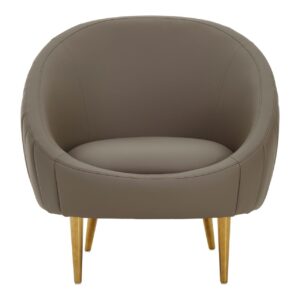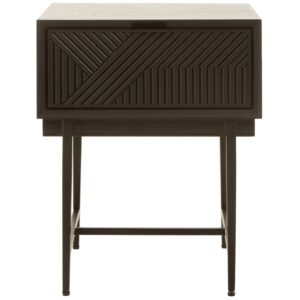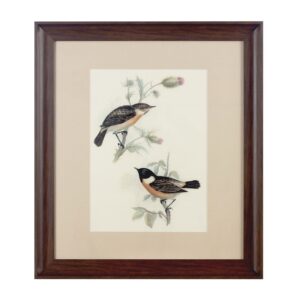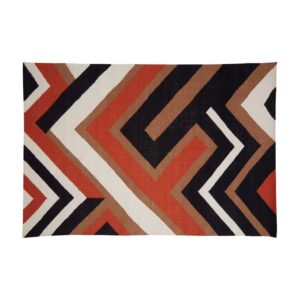Trends
10 OUTDATED DECORATING RULES YOU SHOULD DITCH FOR A CHIC, MODERN HOME—ACCORDING TO INTERIOR DESIGNERS
Unveil Luxury, Unleash Comfort – Eclectic Niche.
Interior design, like fashion, evolves. The rules that once governed home décor often feel limiting in today’s more dynamic, personalized design landscape. From rigid symmetry to color schemes that avoid bold choices, many “rules” about how to furnish and style a room have become outdated. To give your home a fresh, modern feel, it’s time to challenge these design conventions. We’ve gathered insight from top interior designers to help you break free from Outdated Decorating rules and create spaces that feel uniquely yours. Below are 10 outdated decorating rules you should ditch for a chic Modern home!
1. Everything Must Match

For years, we’ve been told that a harmonious, well-designed room requires matching furniture, colors, and décor. While symmetry and consistency play a role in good design, insisting everything match can stifle creativity and make your home feel too controlled. The true beauty of a space often lies in the contrast between elements that shouldn’t traditionally go together—whether that’s a sleek modern sofa paired with a vintage rug or contemporary light fixtures against a more rustic backdrop.
Interior designer Sheila Bridges, known for her unique and inviting spaces, says, “A home should feel collected, not decorated.” She encourages mixing different styles, materials, and eras to add visual depth and character. Instead of focusing on perfect match-ups, opt for pieces that resonate with you, even if they don’t traditionally belong together. The result? A room that feels more dynamic, lived-in, and uniquely yours.
2. Stick to Neutral Colors for Elegance
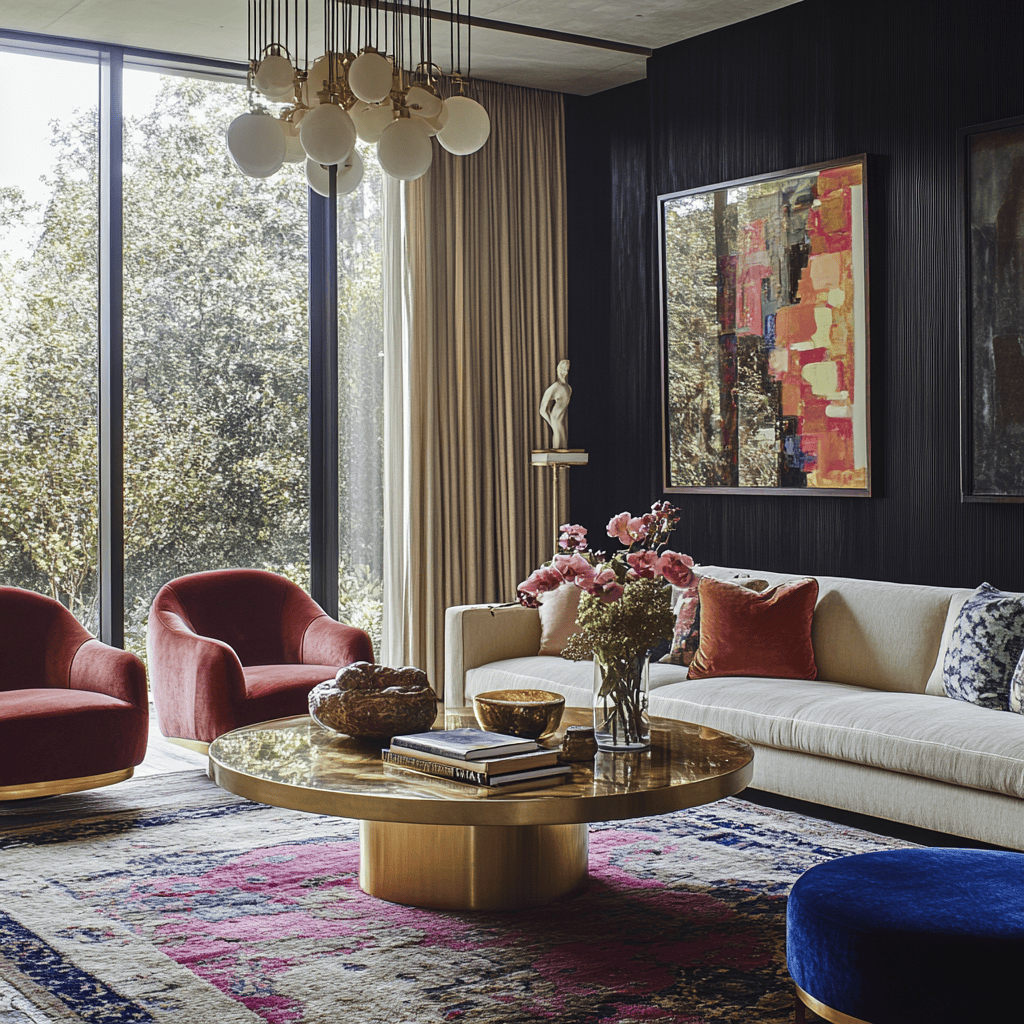
While neutral colors like beige, white, and gray are timeless, over-relying on them can create a flat and uninspiring environment. Neutral tones are beautiful, but they don’t necessarily make a space feel personal or reflective of your unique style. What truly brings a room to life is the careful use of color, from soft accent walls to vibrant furniture or art pieces.
Justina Blakeney, the creative force behind Jungalow, emphasizes the importance of bold color. “Color is mood,” she says. “It can make a space feel joyful, cozy, or serene.” Integrating rich, vibrant hues into your home, whether through textiles, artwork, or statement furniture, can dramatically change how your space feels. Color not only adds warmth but also gives your room an individual personality. It’s time to step away from the monochromatic and embrace hues that truly speak to you by ditching outdated decorating rules!
-
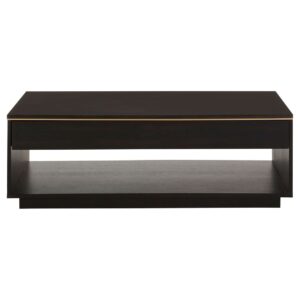
North West
Atiere Coffee Table
£878 Add to cart -
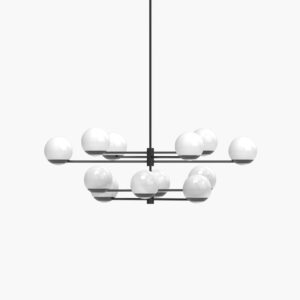
Empty State
Ball & Hoop S 19—04
£3,802 – £6,970 Select options This product has multiple variants. The options may be chosen on the product page -
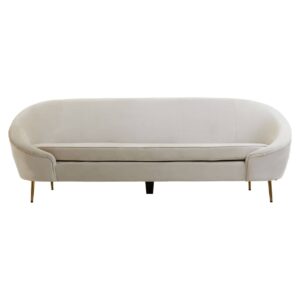
North West
Farah 3 Seat Beige Velvet Sofa
£988 Read more OUT OF STOCK -
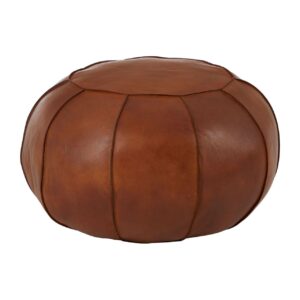
North West
Olk Buffalo Tan Leather Pouffe
£224 Add to cart
3. Symmetry is a Must

Symmetry is a hallmark of classic design, where everything from furniture to décor is arranged in perfect balance. But this rigid adherence to symmetry can often make a room feel too formal, structured, or even static. Today, interiors benefit from a more relaxed approach—one that leans into asymmetry, allowing a natural flow of energy and warmth.
Symmetry is a hallmark of classic design, where everything from furniture to décor is arranged in perfect balance. But this rigid adherence to symmetry can often make a room feel too formal, structured, or even static. Today, interiors benefit from a more relaxed approach—one that leans into asymmetry, allowing a natural flow of energy and warmth.
Interior designer Kelly Wearstler, known for her bold and eclectic aesthetic, champions asymmetry. She explains, “Asymmetry brings movement and energy to a room, making it feel more organic.” Instead of matching pairs of lamps or matching armchairs on either side of the sofa, experiment with varying sizes, heights, and shapes. Mix a tall plant with a low coffee table, or place a small accent chair next to a larger sofa. These elements create a dynamic space that feels lively, not predictable. Asymmetry lets your design breathe, giving the room an inviting and lived-in feel.
4. Small Spaces Require Small Furniture

When designing a smaller space, many people instinctively reach for smaller furniture, believing that tiny pieces will make a room feel larger and more open. However, this is often the opposite of what a small room needs. Small furniture can end up feeling like a mismatch, leaving the room looking disjointed and cramped rather than open and airy. In fact, oversized statement furniture can make a small room feel more refined and intentional.
When designing a smaller space, many people instinctively reach for smaller furniture, believing that tiny pieces will make a room feel larger and more open. However, this is often the opposite of what a small room needs. Small furniture can end up feeling like a mismatch, leaving the room looking disjointed and cramped rather than open and airy. In fact, oversized statement furniture can make a small room feel more refined and intentional.
Emily Henderson from Style by Emily Henderson explains, “Oversized furniture can actually make a room feel grander and more inviting.” Choosing larger, well-proportioned furniture pieces can create the illusion of more space, especially when they are scaled to fit the room’s proportions. Don’t be afraid to invest in a bold, oversized sofa or a statement coffee table. In a small room, these larger pieces can serve as anchors, grounding the space and adding sophistication. The key is selecting pieces that fit the space proportionally but still carry a bold, commanding presence and ditch outdated decorating rules!
5. Art Should Always Be Hung at Eye Level

It’s often suggested that artwork should always be hung at eye level, but this rule can feel overly restrictive. Hanging art at eye level can create a sense of uniformity, but it also ignores the possibility of creative placement that can add depth, visual interest, and even a sense of surprise to a room. Art should not just be an afterthought—it’s an integral part of your space that can transform a room.
Jean Stoffer, the founder of Stoffer Home, advocates for thinking beyond eye level. “Art doesn’t always have to be at eye level. Play with placement—lean it on a shelf or hang it higher,” she suggests. Hanging art higher or lower than expected can give your room an elevated, almost gallery-like feel. For example, placing a large piece above a tall sofa or letting smaller works float closer to the floor can create a more dynamic, multi-layered environment. Art should be a conversation starter, and sometimes that means placing it in unexpected spots.
6. Rugs Should Be Small and Placed Under Furniture
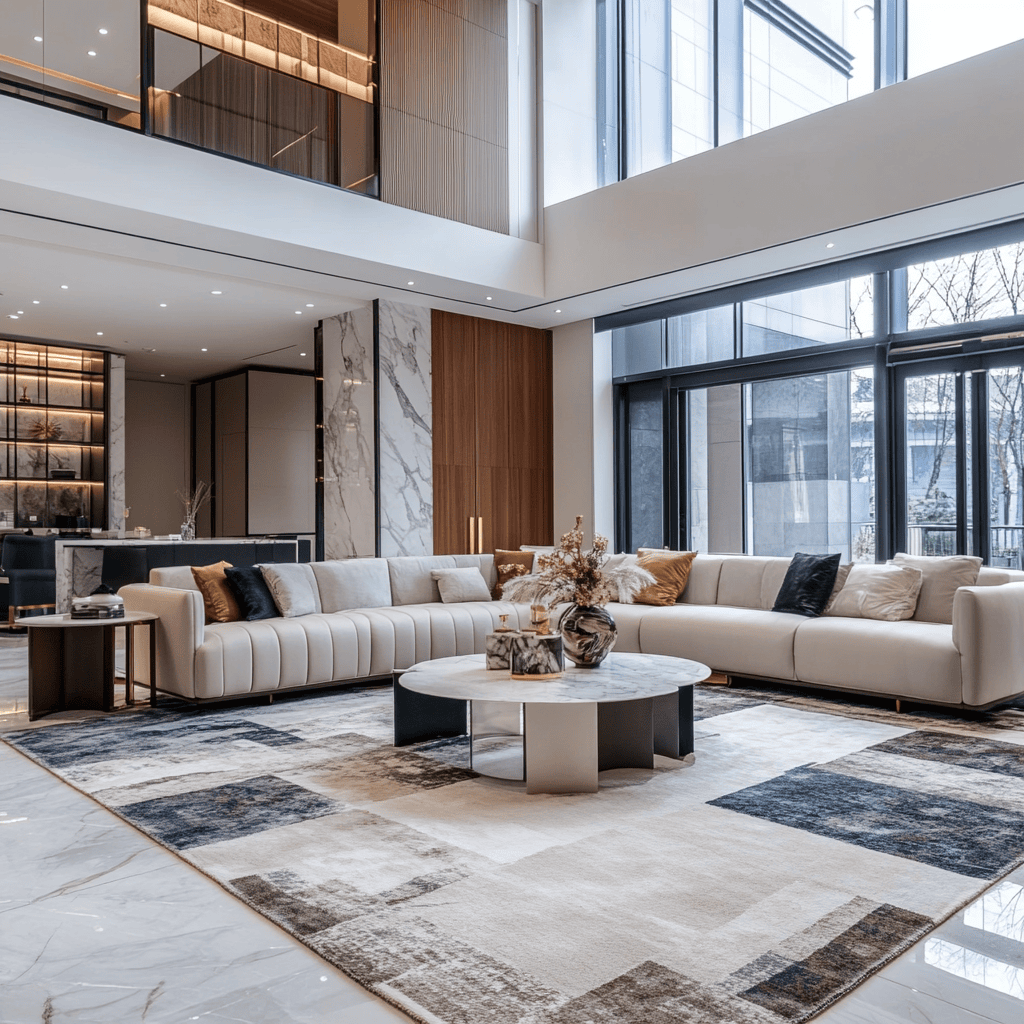
The conventional wisdom about rugs is that they should be small and only cover the area directly beneath a coffee table or sofa. While this can work in some cases, small rugs often get lost in larger rooms, leaving the space feeling incomplete. A large, bold area rug, on the other hand, can help anchor the room, tying together all the furniture and creating a cohesive, grounded look.
Amber Lewis, founder of Amber Interiors, is a big advocate for oversized rugs. “A large rug brings the room together, creating a cozy and cohesive feel,” she says. In open-plan spaces, a large rug can define areas without the need for walls or partitions. This approach not only improves the aesthetic but also makes the space feel more expansive and intentional. Go bigger with your rug, and it will instantly elevate the entire room.
7. Limit Yourself to One Statement Piece Per Room

Many designers advise limiting statement pieces to just one per room to avoid overwhelming the space. However, there’s no need to be so restrictive. When layered thoughtfully, multiple statement pieces can bring a room to life, creating a space that is visually interesting and full of character.
Sheila Bridges champions the idea of multiple focal points, saying, “Multiple focal points can make a room far more compelling.” Rather than limiting yourself to just one standout piece, consider layering several—be it an eye-catching chandelier, a bold rug, or a striking work of art. Each piece can add depth and dimension to the room without feeling cluttered, provided there’s a balance between bold and subtle design elements.
8. Follow Trends to Stay Stylish
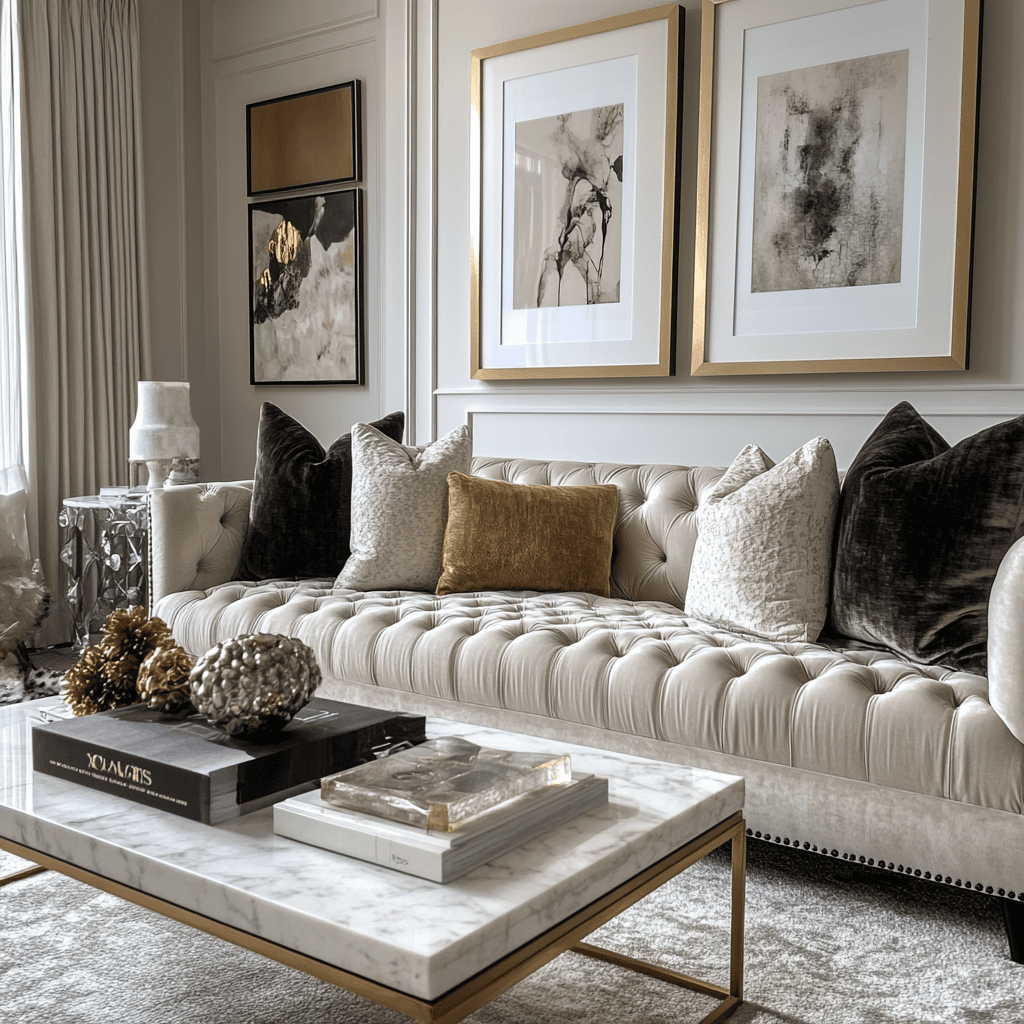
Trends come and go, and while it’s tempting to follow what’s “in,” staying too focused on the latest fads can quickly make your space feel dated. Instead of following trends, invest in timeless pieces that reflect your personal taste and style.
Trends come and go, and while it’s tempting to follow what’s “in,” staying too focused on the latest fads can quickly make your space feel dated. Instead of following trends, invest in timeless pieces that reflect your personal taste and style.
Kelly Wearstler advises, “Invest in pieces you love that have longevity, rather than constantly chasing trends.” By focusing on timeless design elements—whether it’s a well-crafted sofa, an antique table, or an iconic chair—you can ensure your space feels relevant for years to come. Trendy décor can often feel generic and forgettable, but timeless pieces will always feel fresh, no matter the passing decade.
9. Use Only Cool White Lighting for Modern Interiors

Cool white lighting has been the go-to for many modern interiors, as it creates a clean and minimal look. However, it can also strip the warmth and atmosphere from a room, making it feel more like a showroom than a home. To create a welcoming, cozy environment, warm lighting is essential.
Emily Henderson says, “A mix of ambient, task, and decorative lighting in warm tones adds depth and coziness.” Warm-toned bulbs create an intimate atmosphere, especially when paired with layered lighting like lamps, sconces, and chandeliers. Soft lighting can make your home feel more inviting and relaxed, while still allowing the space to shine.
-

North West
Atiere Coffee Table
£878 Add to cart -

Empty State
Ball & Hoop S 19—04
£3,802 – £6,970 Select options This product has multiple variants. The options may be chosen on the product page -

North West
Farah 3 Seat Beige Velvet Sofa
£988 Read more OUT OF STOCK -

North West
Olk Buffalo Tan Leather Pouffe
£224 Add to cart
10. Ceilings Should Always Be White

The rule of sticking with white ceilings is another outdated norm. While white ceilings can open up a room and create a sense of height, they can also feel uninspired. Painting the ceiling can be a way to add drama or softness to a room, depending on your vision.
Jean Stoffer encourages experimenting with ceiling colors, suggesting, “A painted ceiling can transform a room and make it feel more intimate or dramatic.” A soft pastel, a moody blue, or even a rich charcoal can create a surprising focal point, adding sophistication and depth. This small but impactful change can completely transform how the space feels, making it more distinctive and stylish.
Conclusion: Break the Rules, Redefine Your Style
Breaking away from outdated rules allows you to create a home that’s modern, chic, and personalized. Rather than sticking to conventional advice, embrace design choices that resonate with you. By mixing styles, embracing bold colors, and playing with asymmetry, your home can reflect who you are and how you want to feel in your space. The most stylish homes are those that challenge tradition and celebrate individuality

